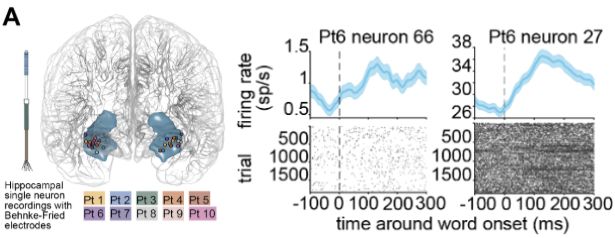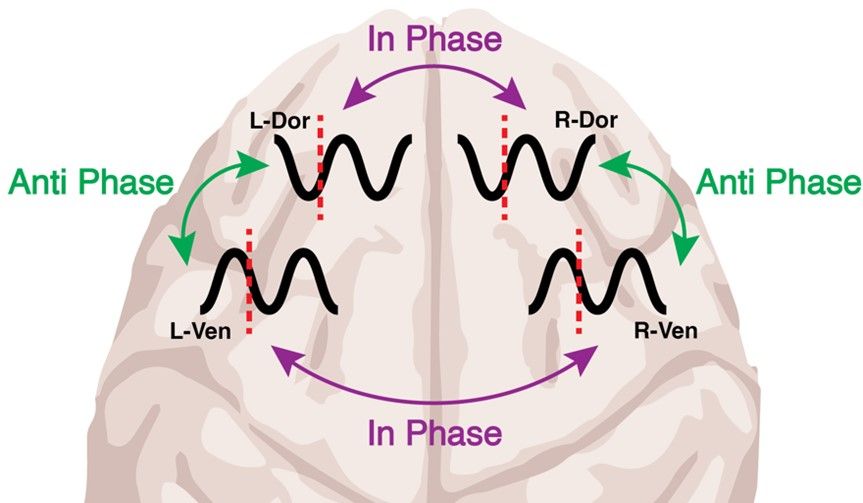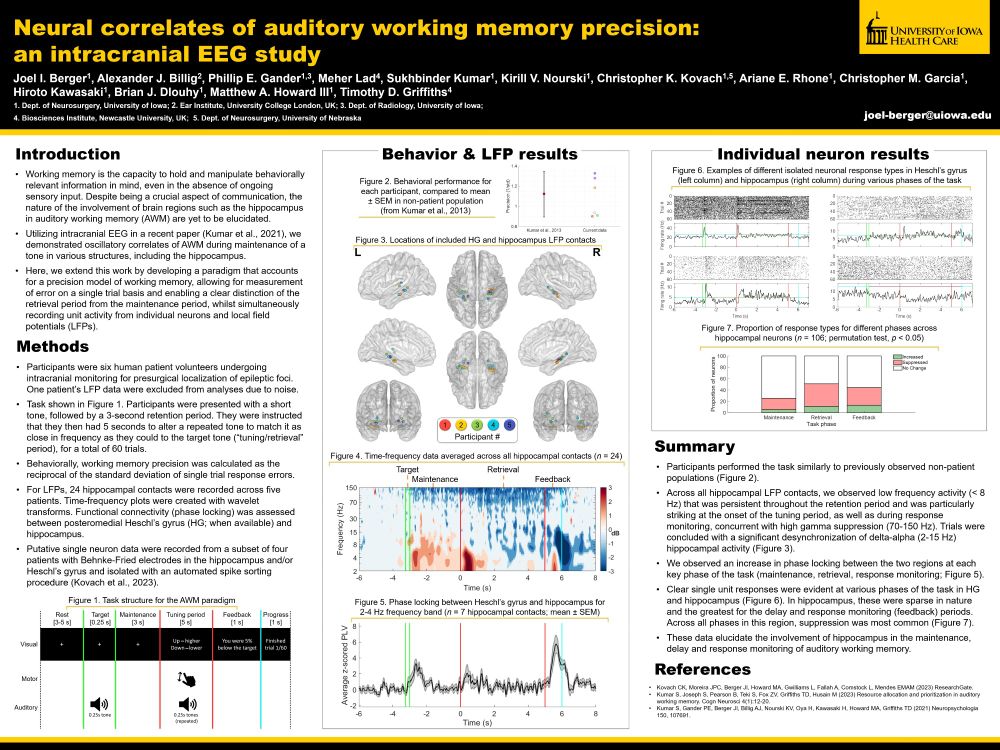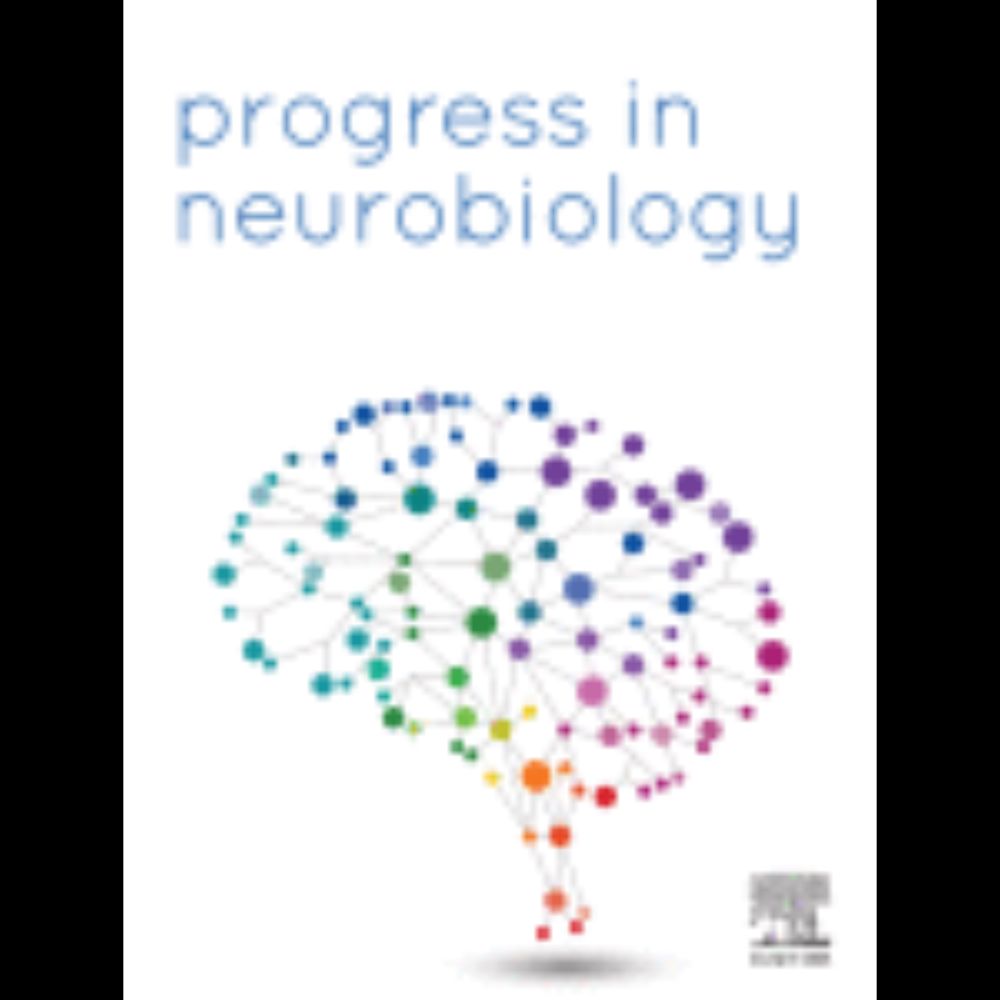Joel I Berger
@joelberger.bsky.social
120 followers
49 following
23 posts
Neuroscientist at University of Iowa Neurosurgery, researching into the neural bases of auditory perception. Also a musician.
Posts
Media
Videos
Starter Packs
Reposted by Joel I Berger
Reposted by Joel I Berger
Oscar Woolnough
@owoolnough.bsky.social
· Feb 24
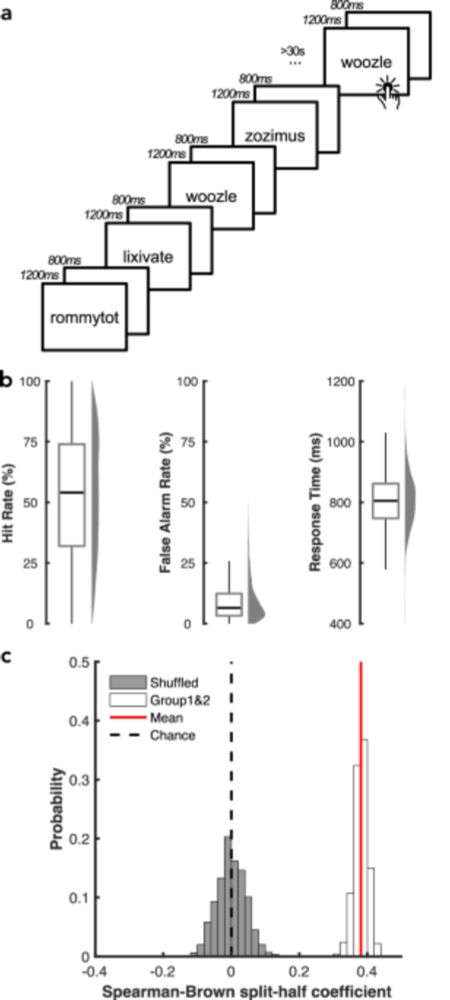
Memorability of novel words correlates with anterior fusiform activity during reading - Nature Communications
To learn new written words, we need to be able to remember their associated letters. Here, the authors show the factors that predict how memorable or forgettable new words are and show a region of hum...
doi.org
Joel I Berger
@joelberger.bsky.social
· Mar 14
Joel I Berger
@joelberger.bsky.social
· Mar 14
Joel I Berger
@joelberger.bsky.social
· Mar 14
Joel I Berger
@joelberger.bsky.social
· Mar 14
Joel I Berger
@joelberger.bsky.social
· Mar 14

Human insula neurons respond to simple sounds during passive listening
The insula is critical for integrating sensory information from the body with that arising from the environment. Although previous studies suggest that posterior insula is sensitive to sounds, auditor...
doi.org
Joel I Berger
@joelberger.bsky.social
· Mar 14
Reposted by Joel I Berger
Joel I Berger
@joelberger.bsky.social
· Feb 21
Joel I Berger
@joelberger.bsky.social
· Feb 21
Joel I Berger
@joelberger.bsky.social
· Feb 21
Joel I Berger
@joelberger.bsky.social
· Feb 21
Joel I Berger
@joelberger.bsky.social
· Jan 26
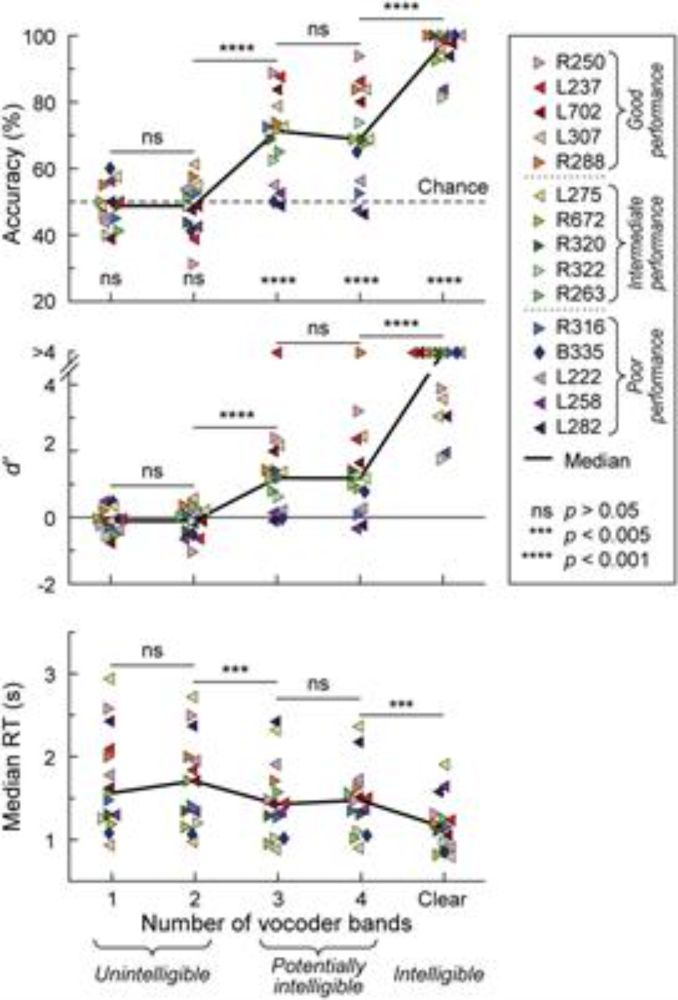
Intracranial electrophysiology of spectrally degraded speech in the human cortex
Cochlear implants (CIs) are the treatment choice for severe to profound hearing loss. Variability in CI outcomes remains despite advances in technology and is attributed in part to differences in cort...
www.frontiersin.org
Reposted by Joel I Berger
Reposted by Joel I Berger
Reposted by Joel I Berger
Micah G. Allen
@micahgallen.com
· Oct 25
Joel I Berger
@joelberger.bsky.social
· Oct 22
Joel I Berger
@joelberger.bsky.social
· Oct 21
Joel I Berger
@joelberger.bsky.social
· Oct 21
Joel I Berger
@joelberger.bsky.social
· Oct 21
Joel I Berger
@joelberger.bsky.social
· Oct 21
Joel I Berger
@joelberger.bsky.social
· Oct 21

